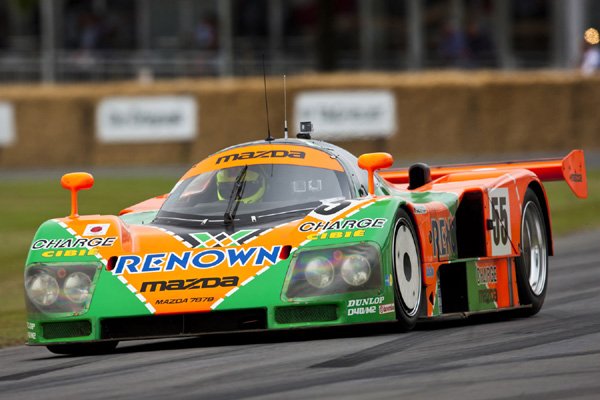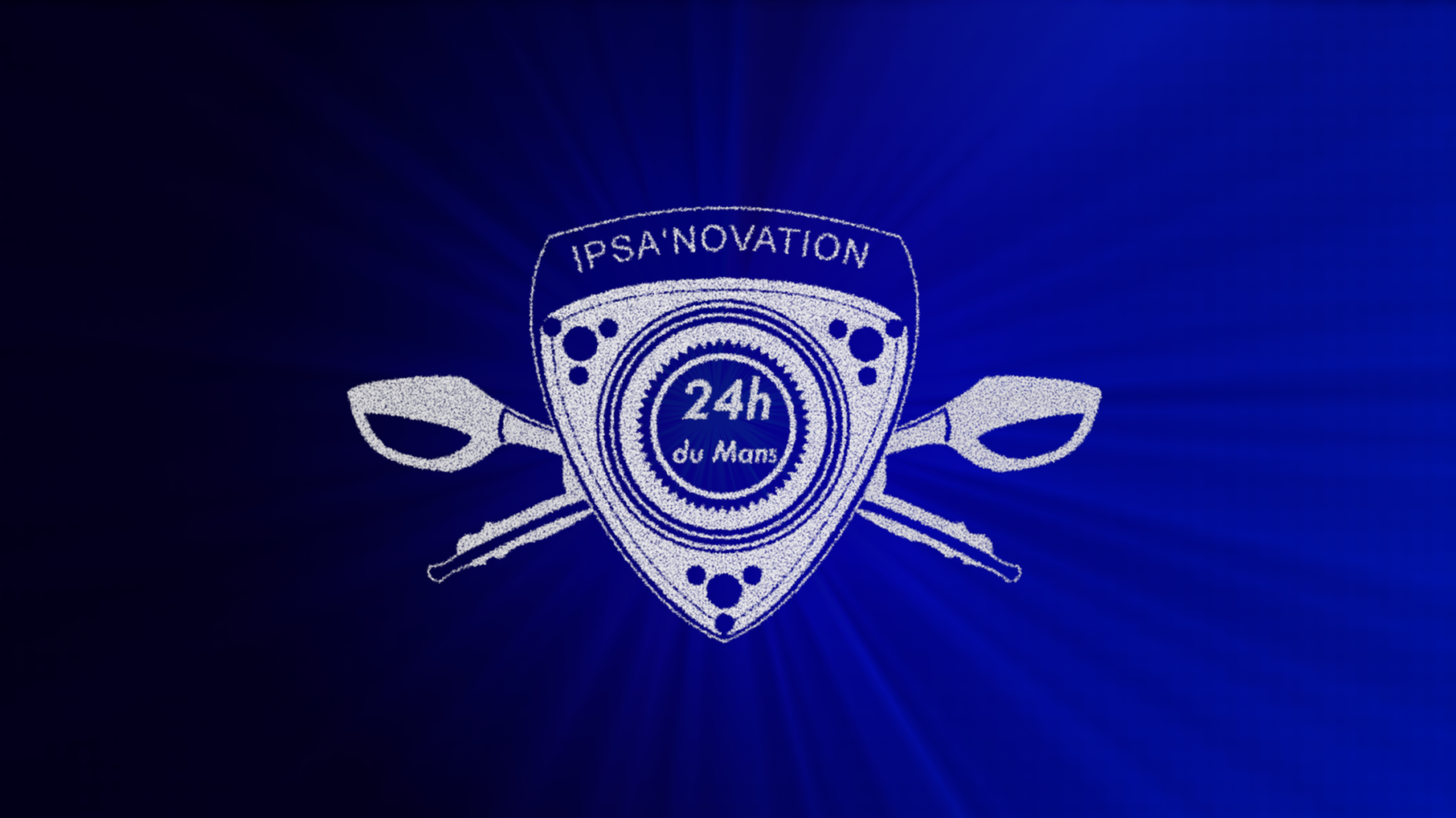Le Mans, June 23, 1991. For the first time since the creation of the Le Mans race in 1923, a Japanese car won on the Sarthe circuit. After 24 hours of a race with multiple twists and turns, the Mazda 787B n ° 55 entered by the Mazdaspeed team is a surprise, becoming the first animated prototype of a rotary piston engine to win the 24 Hours of Mans. Today we look back at the one that will remain for almost 30 years and the advent of the Toyota TS050, the only Japanese car to have won the most prestigious automobile race in the world.

We must first return to the prototype at the base of the 787B, namely the 787. Approved to race in the FIA Group C category of the International Motor Sports Federation (FISA), the Mazda 787 is designed to participate at the world championship of sports cars as well as at the championship of Japan of sports-prototypes 1990. FISA having decided to ban the rotary piston engines in order to standardize the motorizations between the world championship of sports cars and the Formula 1, the 787, designed by the British Nigel Stroud, represented the last chance for Mazda to see its Wankel engine triumph over the 24 Hours of Le Mans. Indeed, since its return to the sport-prototype category in 1983, rotary piston engines constituted the only type of motorization used on racing cars of the Japanese brand that can be found on the 717C, 727C, 737C, 757, 767 / B and therefore 787 and 787B. Nevertheless, the 787 brought a new version of the Wankel Mazda petrol composed of four rotors and named R26B including in particular a variable intake system by steps for the different engine speeds. Replacing the aging 13J, the R26B placed in the center-rear position thus had a displacement of 2,616 cm3 and was capable of delivering a power of 900 hp which was limited in the race to 700 (at 9,000 rpm) in order to guarantee better reliability. The engine was paired with a Mazda / Porsche 5-speed manual transmission in the longitudinal position. On the other hand, this new prototype brought a major evolution compared to the 767B which it replaced since it was this time built around a composite mono hull based on Kevlar and carbon fiber in honeycomb structure and no longer aluminum as the previous model. The 787 was thus 4,782 mm long and 1,994 mm wide for a height of 1,003 mm. However, the development of the cars was so far behind that Mazda arrived at the 1990 24 Hours of Le Mans with two prototypes that had not had time to be well tested. The two 787 entered were thus forced to give up during the race, one suffering from electronic problems while the second experienced engine problems.

This edition of the 24 Hours was therefore to be the last of the Mazda with Wankel engines because of the new engine regulations. But the number of cars entered for the 1991 edition was so small that FISA allowed the Mazda to participate in the race following a request from Mazdaspeed race director Takayoshi Ohashi. The Japanese team thus took over as the 787 base in order to develop an evolution, the 787B. Structurally it differs from the previous version by a longer wheelbase of 25 mm and a widened rear track of 50 mm and by the adoption of rims of larger diameter to better cool the carbon brake discs which replace the old steel brakes. In order to improve the reliability of the engine which had been faulted the previous year, a new continuously variable intake system is also installed. Mazda entered three cars for the 1991 Le Mans 24 Hours. On the starting grid were thus the 787B n ° 18 driven by David Kennedy, Stefan Johansson, and Maurizio Sandro Sala, the 787B n ° 55 driven by Volker Weidler, Johnny Herbert and Bertrand Gachot as well as the 787 n ° 56 driven by Yojiro Terada, Takashi Yorino and Pierre Dieudonné. With a contained weight of 845 kg, the 787B reached up to 350 km / h in the straight line of the Hunaudières, the latter having been interspersed since the previous year by two baffles. Despite this, the 787B was slower than the three Sauber Mercedes C11 entered and Mazda was heading for a new disillusionment. But as the hours went by, problems piled up for the German team, which saw the No. 31 and No. 32 drop in the standings. The final blow for the Sauber Mercedes was made less than two hours before the end of the race when the n ° 1, in the lead for nearly 250 laps, experienced an engine problem forcing it to stop at the pit for nearly 30 minutes before giving up. The Mazda n ° 55, in its famous orange and green livery, became leader for the first time since the start of the race and finally won after 362 intense laps, defying all forecasts. The two other prototypes of the brand also saw the checkered flag showing the exceptional reliability of the Mazda rotary engine, all in front of a crowd enthusiastic about the characteristic sound of this engine. After the race, the victorious Mazda 787B was sent back to Japan where it is now on display in the Mazda Museum in Hiroshima. This edition of the 24 Hours of Le Mans was thus the last opportunity to see a prototype with a rotary engine imposing itself on the Sarthe circuit, the latter having never been seen again in racing at Le Mans.


Bastien Legenre, 09/01/2020
